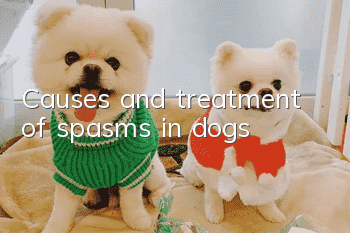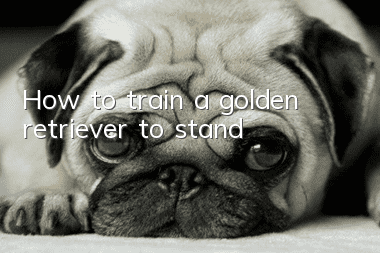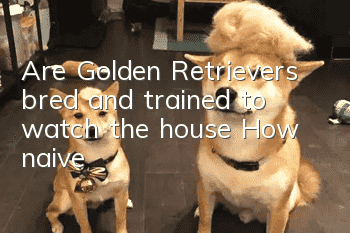Causes and treatment of spasms in dogs

Causes of spasms in dogs:
1. Low temperature: Muscles are affected by low temperature and their excitability will increase, which can easily lead to spasms. When exercising in a relatively low temperature environment, muscle cramps are more likely to occur if no preparatory activities are done, if the exercises are not done enough, or if no attention is paid to keeping warm.
2. Excessive loss of electrolytes: Dogs will sweat after exercise, especially after long-term strenuous exercise or during high-temperature seasons. Electrolytes are lost in large amounts with sweat, and excessive electrolyte loss occurs. It will increase muscle excitability, followed by muscle spasm.
3. Rapid muscle contraction: The muscles contract continuously at too high a frequency and the relaxation time is too short. The contraction and relaxation cannot be coordinated and proportional, which can easily cause muscle spasm.
4. Too tired: Because some dogs have obesity problems, owners will increase the amount of exercise in order to maintain a normal weight, which will make the dog physically tired, and there will be a lot of fatigue in the muscles. Lactic acid accumulates, and lactic acid continuously acts on the contractile substances of the muscles, causing cramps.
5. Muscle strain: Do not use too much force when pulling the dog. The force should be even and moderate to avoid muscle strain. In addition, it can also be combined with local massage, such as pressing, kneading, etc. Pay attention to keeping warm when handling.
6. Suffering from neurological diseases: diseases that generally cause cramps in dogs may be canine distemper (if this phenomenon occurs in puppies, the cure rate is low), epilepsy , poisoning, uremia, puerperal fever, etc. Or canine congenital brain development abnormalities and canine epilepsy and other neurological diseases can cause canine cramps.
7. Lack of calcium: Calcium is very important for dogs. It is an important element that helps bone development and absorption. Lack of calcium can cause spasms and convulsions in dogs, such as in nursing mothers. Dogs are prone to postpartum convulsions due to a large amount of calcium loss in breast milk. The cure rate for convulsions in puppies due to canine distemper is usually not high
How to deal with dog convulsions:
1. When a dog has convulsions, parents should avoid touching them Go to the dog's body and wait for the dog to calm down on its own.
2. Organize the surrounding items to prevent the dog from hitting furniture and sharp objects during spasms, causing injuries.
3. When the dog stops convulsing, immediately remove the items on the dog, such as taking off the collar, taking off clothes, etc.
4. After the dog calms down, immediately take the dog to a regular pet hospital for a detailed examination.
- How much do you know if your pet dog tilts its head and kills you? Be careful because it may cause a brain disease!
- What can’t Eastern Sichuan Spaniels eat?
- Can I give bread slices to my dog?
- What are the common skin diseases in dogs and how to prevent and treat them?
- Is osteomyelitis painful in dogs?
- What are the early symptoms of canine distemper? What are the treatments for canine distemper?
- If a dog has been vaccinated against rabies, does it still need to be injected if it is bitten?
- What to do if your Golden Retriever is deficient in calcium
- Will dog pee kill shrubs?
- What will happen if your dog takes too much calcium?



